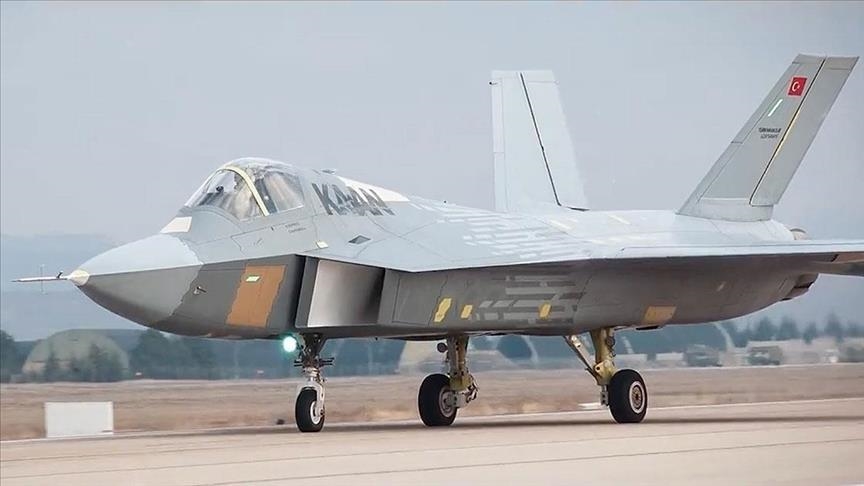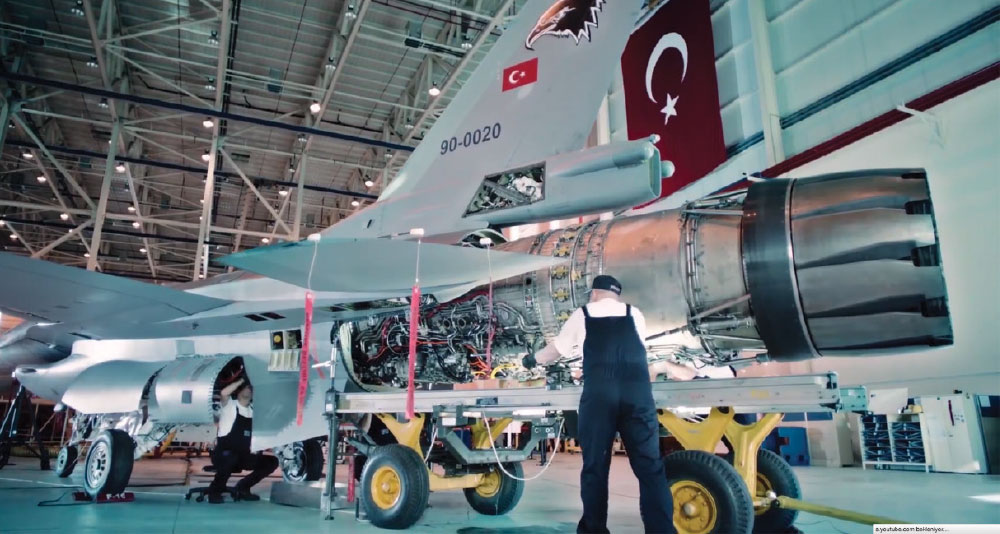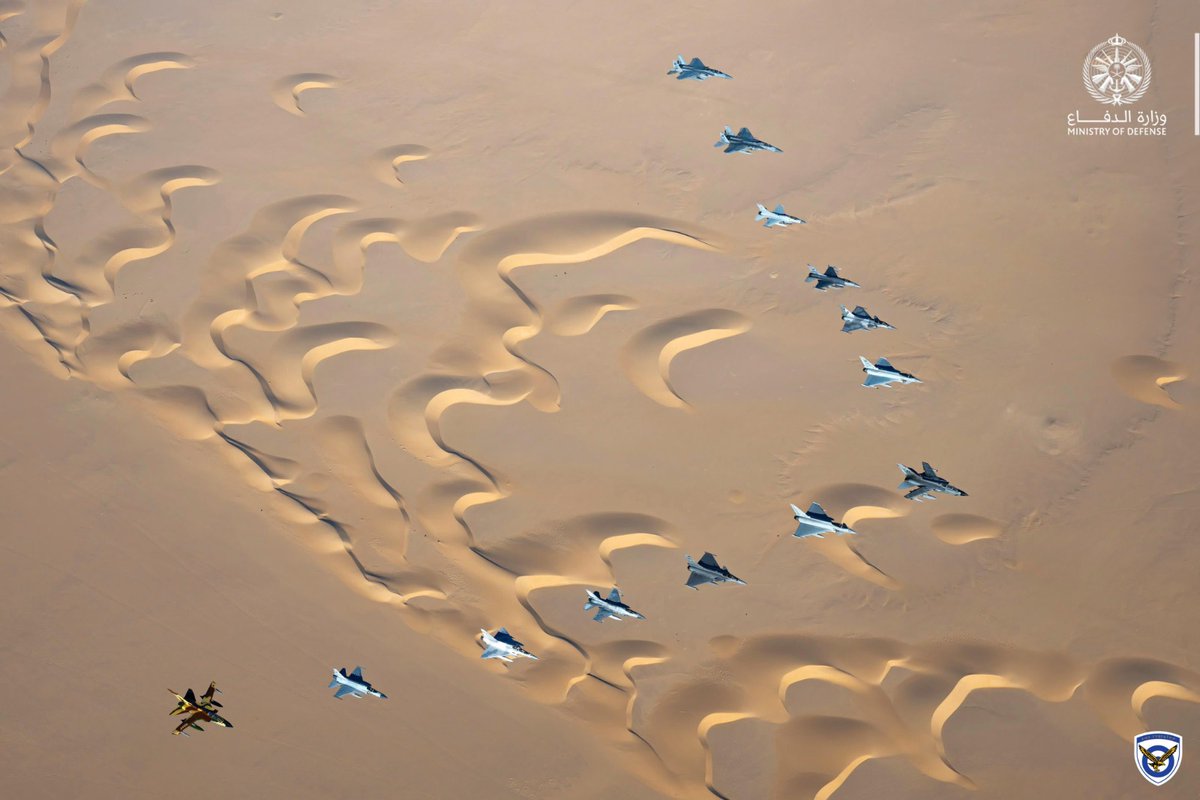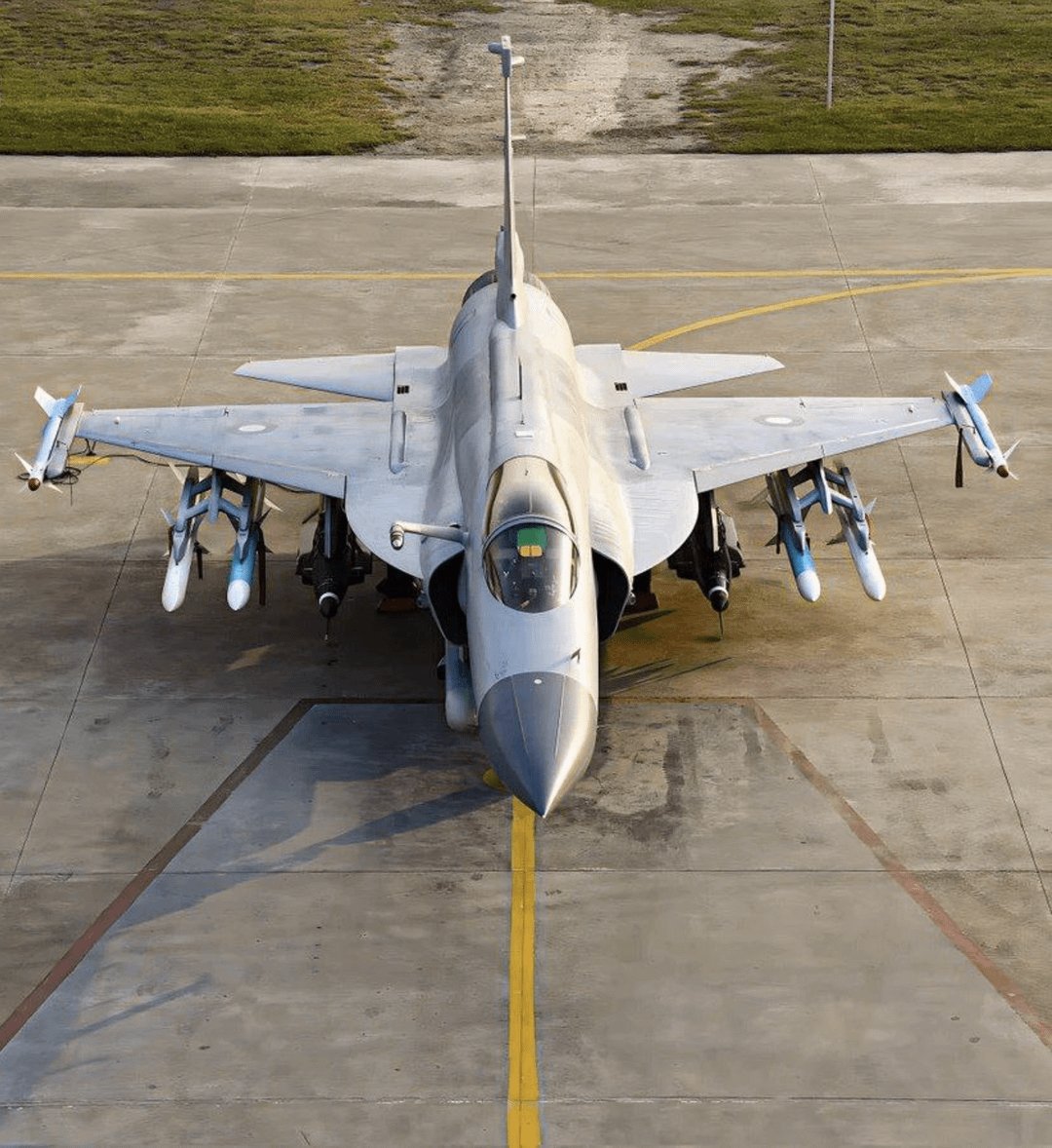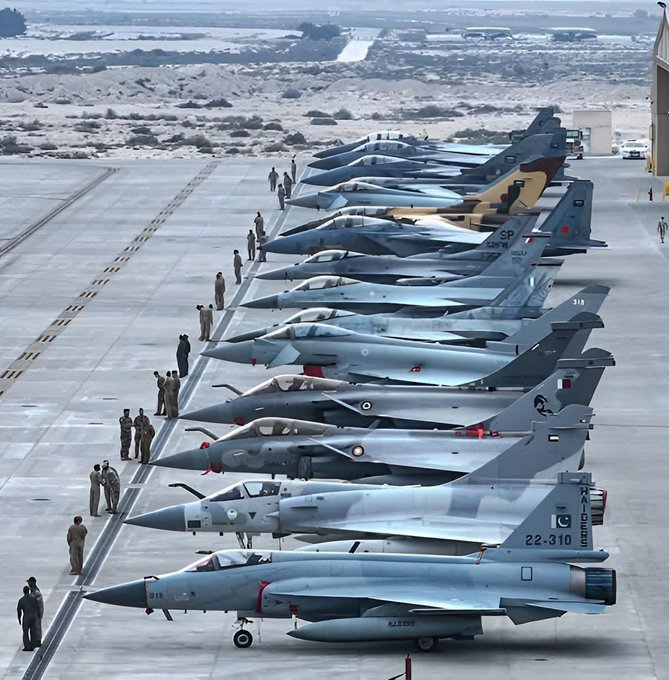Six B-52 Bombers Shot Down In One Night!
Tanmay Kadam recalls the period of the 🇻🇳Vietnam War when 🇺🇸 American B-52 bombers, known for unleashing devastation, were perished by 🇷🇺Soviet-made air defense missiles👇🧵
Tanmay Kadam recalls the period of the 🇻🇳Vietnam War when 🇺🇸 American B-52 bombers, known for unleashing devastation, were perished by 🇷🇺Soviet-made air defense missiles👇🧵

1⃣ Operation Linebacker II was one of the most intense bombing campaigns in modern history. Over 200 B-52 bombers dropped 20,000+ tons of bombs in just 11 days. The goal? To force North Vietnam back to peace talks.
But Hanoi was ready.
But Hanoi was ready.
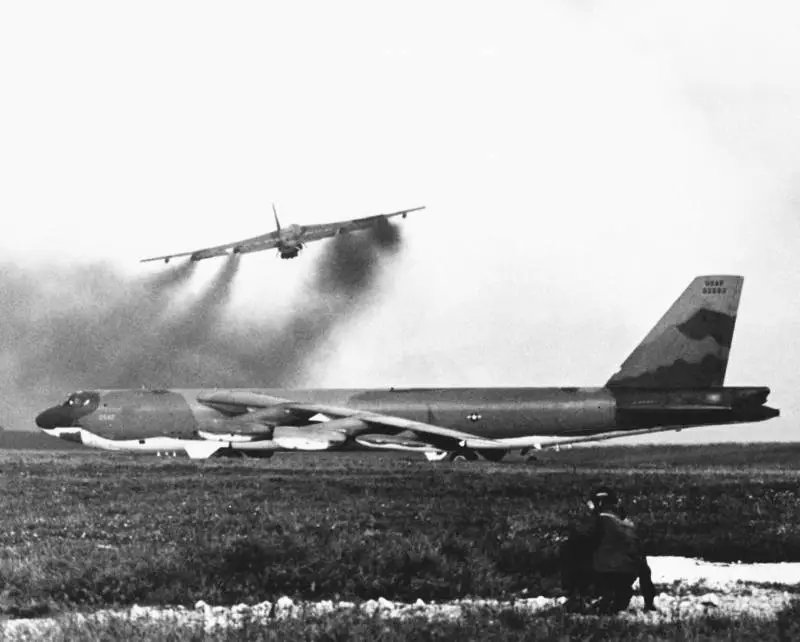
2⃣ North Vietnam had one of the densest air defense networks in history, built with Soviet-supplied SA-2 surface-to-air missiles (SAMs).
The B-52 Stratofortress, America’s most powerful bomber, was expected to dominate. But in December 1972, it faced its greatest test.
The B-52 Stratofortress, America’s most powerful bomber, was expected to dominate. But in December 1972, it faced its greatest test.

3⃣ December 18, 1972 – 87 B-52s flew toward Hanoi, escorted by F-4 Phantoms. As they neared their targets, North Vietnamese radar operators tracked them with deadly precision.
Over 200 missiles were launched. The sky lit up with explosions.

Over 200 missiles were launched. The sky lit up with explosions.
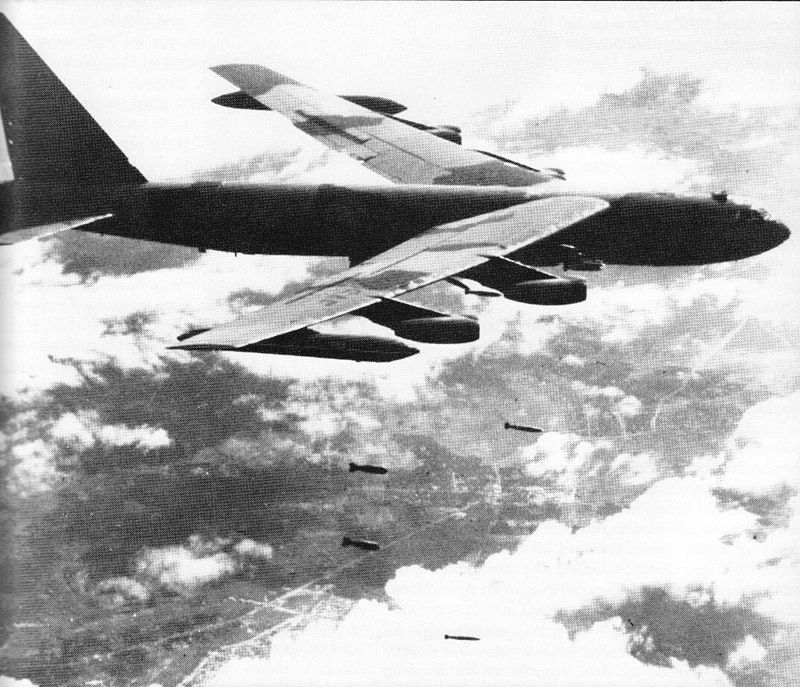

4⃣ The first night saw five B-52s hit, three destroyed. Crews ejected, some captured. It was a wake-up call for US commanders.
But December 20 was even worse. North Vietnam had adapted, correctly predicting US flight paths. The results were devastating.
But December 20 was even worse. North Vietnam had adapted, correctly predicting US flight paths. The results were devastating.
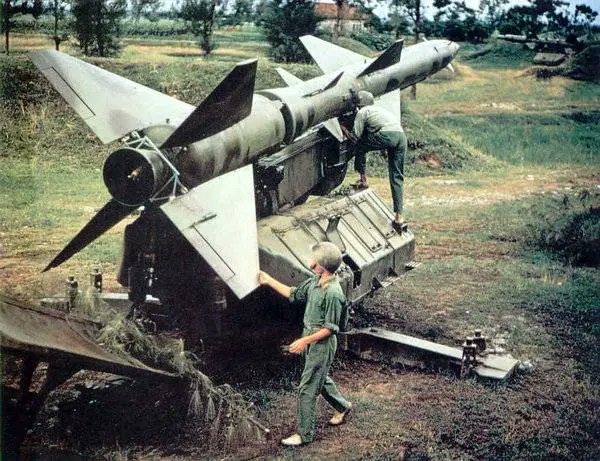
5⃣ As American bombers flew in, another barrage of SAMs was unleashed. In a single night, six B-52s were shot down—the worst loss in B-52 history.
"It felt like flying into hell… we were sitting ducks," one surviving pilot recalled.
"It felt like flying into hell… we were sitting ducks," one surviving pilot recalled.

6⃣ Nixon was furious. Changes were made—randomized flight paths, increased electronic jamming, and decoys were deployed.
These tactics reduced losses, but by the end of Linebacker II, 15 B-52s had been lost, along with 33 American airmen.
These tactics reduced losses, but by the end of Linebacker II, 15 B-52s had been lost, along with 33 American airmen.
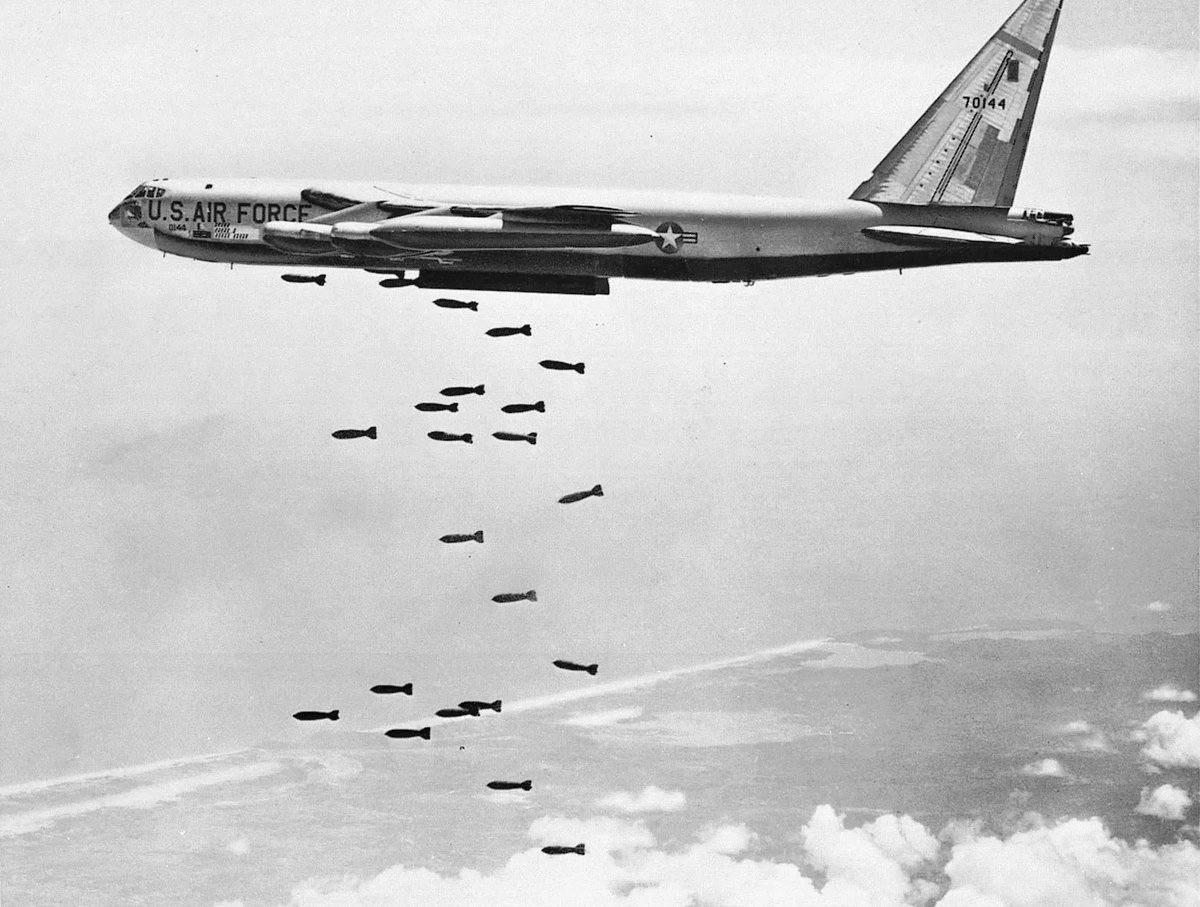
7⃣ Despite the cost, Nixon declared victory. On January 27, 1973, the Paris Peace Accords were signed, leading to the withdrawal of US forces from Vietnam.
But two years later, in 1975, Saigon fell. Did the bombings really achieve their goal?
But two years later, in 1975, Saigon fell. Did the bombings really achieve their goal?

8⃣ The campaign proved one thing: Strategic bombing alone cannot win wars.
It also showed that even the most advanced bombers are vulnerable to a well-coordinated air defense. The lessons from Linebacker II still shape air warfare today.

It also showed that even the most advanced bombers are vulnerable to a well-coordinated air defense. The lessons from Linebacker II still shape air warfare today.

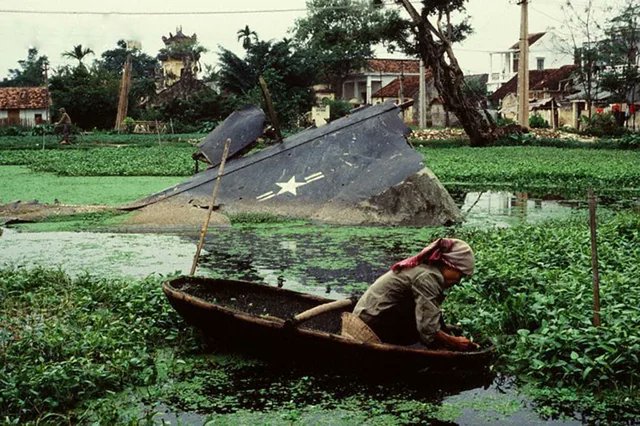
9⃣ The effectiveness of Soviet SAMs in Vietnam reshaped modern aerial combat. Today, conflicts like Ukraine highlight how advanced SAMs and drones continue to challenge air superiority. 

Read the full report here:
eurasiantimes.com/in-one-night-h…
eurasiantimes.com/in-one-night-h…
@clashreport
@warmonitors
@thewarzonewire
@Aviation_Intel
@CombatAir
@RALee85
@visegrad24
@RaduHossu
@michaelscanlonX
@RodrigoRRC72
@GerardAP
@Hush_Kit
@warnesyworld
@thinkdefence
@DAlperovitch
@ThomasVLinge
@kamilkazani
@wartranslated
@Osinttechnical
@vtchakarova
@RickJoe_PLA
@Hurin92
@lqy99021608
@sugar_wsnbn
@Cmdr_Hadfield
@MAstronomers
@konstructivizm
@Chopsyturvey
@tararosenblum
@G_Steuer
@JohnChinner
@RAeSSteveB
@Astro_Danyboy
@jetcitystar
@VR_NSR500
@warmonitors
@thewarzonewire
@Aviation_Intel
@CombatAir
@RALee85
@visegrad24
@RaduHossu
@michaelscanlonX
@RodrigoRRC72
@GerardAP
@Hush_Kit
@warnesyworld
@thinkdefence
@DAlperovitch
@ThomasVLinge
@kamilkazani
@wartranslated
@Osinttechnical
@vtchakarova
@RickJoe_PLA
@Hurin92
@lqy99021608
@sugar_wsnbn
@Cmdr_Hadfield
@MAstronomers
@konstructivizm
@Chopsyturvey
@tararosenblum
@G_Steuer
@JohnChinner
@RAeSSteveB
@Astro_Danyboy
@jetcitystar
@VR_NSR500
• • •
Missing some Tweet in this thread? You can try to
force a refresh






